 W
WBrachycentrus appalachia is a species of humpless casemaker caddisfly in the family Brachycentridae. It is found in North America.
 W
WEricrocis pintada is a species of centris-cuckoo bee in the family Apidae. It is found in Central America and North America.
 W
WKikihia dugdalei, commonly known as Dugdale's cicada, is a species of cicada that is endemic to New Zealand. This species was first described by Charles Fleming in 1984. It was named in honour of John S. Dugdale.
 W
WKikihia horologium, the clock cicada, is a species of cicada that is endemic to New Zealand. This species was first described by Charles Fleming in 1984.
 W
WKikihia laneorum, commonly known as Lane's cicada, is a species of cicada that is endemic to New Zealand. This species was first described by Charles Fleming in 1984. It is named in honour of John and David Lane who discovered this species.
 W
WKikihia paxillulae, commonly known as Peg's cicada, is a species of cicada that is endemic to New Zealand. This species was first described by Charles Fleming in 1984.
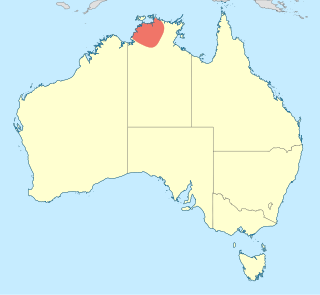 W
WNososticta baroalba is a species of Australian damselfly in the family Platycnemididae, commonly known as a black-winged threadtail. It has only been found in the Northern Territory, where it inhabits streams.
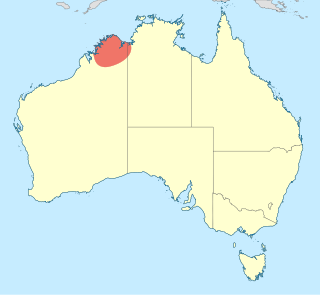 W
WNososticta kalumburu is a species of Australian damselfly in the family Platycnemididae, commonly known as a spot-winged threadtail. It has only been found in the Kimberley region of Western Australia, where it inhabits streams.
 W
WNososticta koolpinyah is a species of Australian damselfly in the family Platycnemididae, commonly known as a Koolpinyah threadtail. It has only been found in the vicinity of Darwin and on Melville Island in Northern Territory, where it inhabits streams.
 W
WNososticta koongarra is a species of Australian damselfly in the family Platycnemididae, commonly known as a citrine threadtail. It has only been found on the Arnhem Land escarpment in Northern Territory, where it inhabits streams.
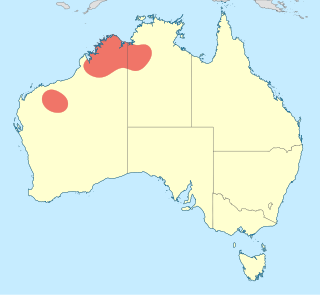 W
WNososticta liveringa is a species of Australian damselfly in the family Platycnemididae, commonly known as a malachite threadtail. It is endemic to northern Western Australia and western Northern Territory, where it inhabits streams and lagoons.
 W
WNososticta taracumbi is a species of Australian damselfly in the family Platycnemididae, commonly known as a Melville Island threadtail. It is endemic to Melville Island, Northern Territory, where it inhabits streams.
 W
WOrthetrum serapia, the green skimmer, is a freshwater dragonfly in the family Libellulidae. The serapia species is present in Australia, the Philippines, Fiji, Papua New Guinea and Solomon Islands. It inhabits a wide range of still and sluggish waters, often shallow. In Australia it ranges from the top end of the Northern Territory to about Mackay in central Queensland.
 W
WPhaulacridium otagoense is an endemic New Zealand grasshopper found at low elevation throughout the central South Island.
 W
WPheidole neokohli is a species of ant in the genus Pheidole. It is endemic to the Democratic Republic of the Congo.
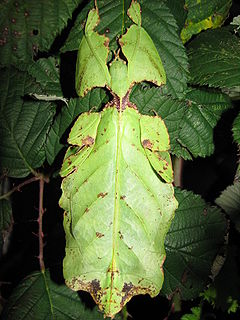 W
WPhyllium giganteum is a species of leaf-insect described from Malaysia by Hausleithner in 1984 and placed in the genus Phyllium and family Phylliidae.
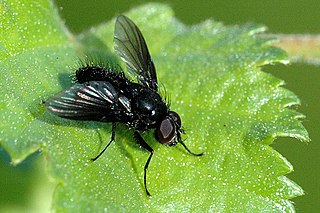 W
WSpilogona falleni is a species of fly which is distributed across many parts the Palaearctic.
 W
WThe tiger bee fly, Xenox tigrinus, is an insect of the family Bombyliidae found in the eastern United States and southern Ontario. It formerly went by the name Anthrax tigrinus. The distinctive wing pattern may resemble tiger stripes, giving the tiger bee fly its name. Like other members of the bee fly family, the tiger bee fly parasitizes the larvae of other insects.